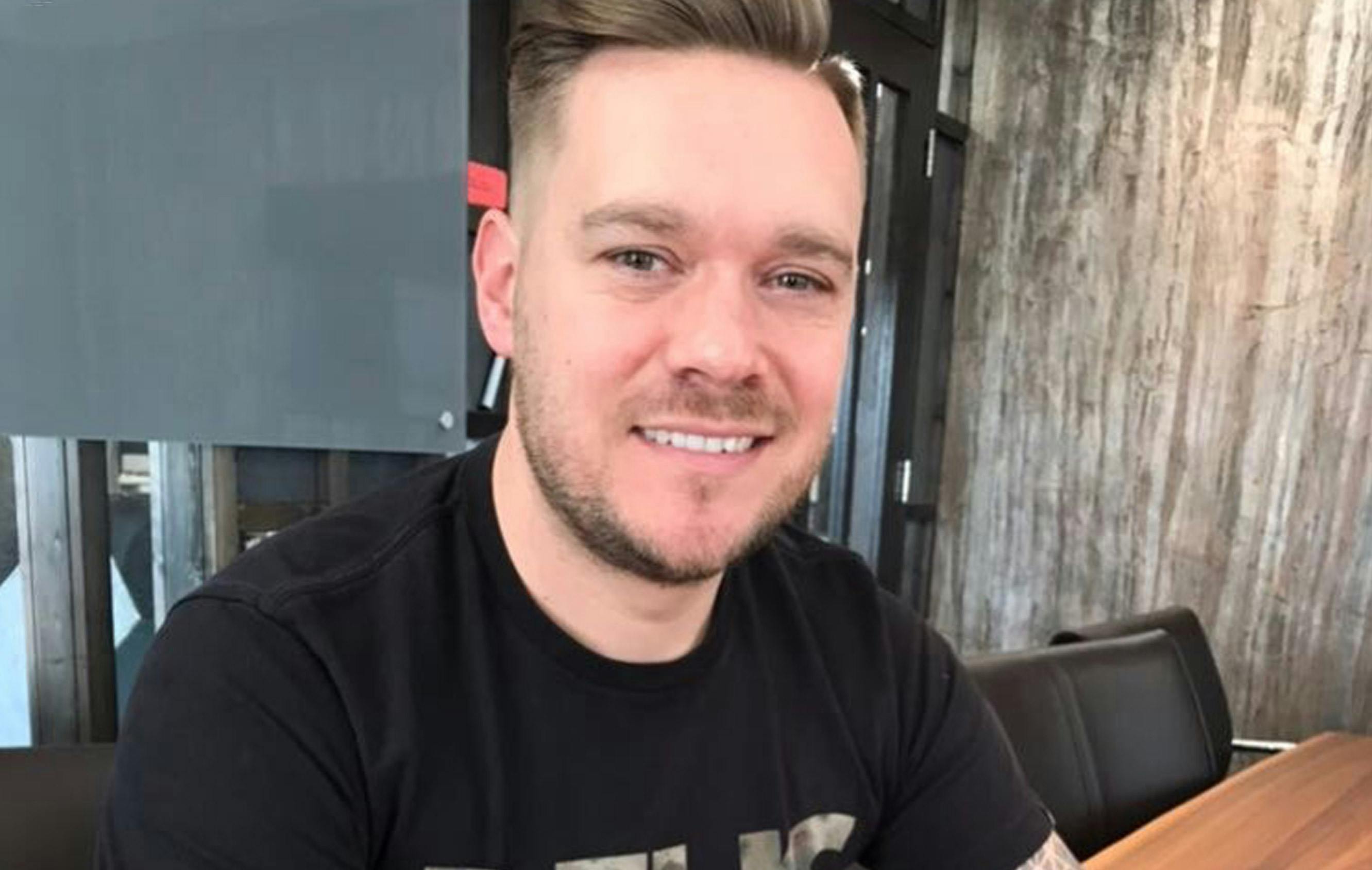Growing with content - An interview with Simon Powell
The founder of TransferTravel reveals how creating content helped them build supply and awareness about their marketplace, up to 30,000 visitors per month, without spending anything on ads.
Published on
Last updated on

Inspiration and insights from global marketplace experts and thought leaders. For our tips on growing your business, check out the marketplace marketing & growth articles library.
The founder of TransferTravel believes marketplaces should build a sustainable growth machine.
Two years ago, Simon Powell broke up with his girlfriend at the time, only a month before they were supposed to go on a dream holiday together. The trip, with flights and hotels, was already booked for £2.5k—a significant amount of money. Powell decided to try to get his money back by calling his hotel. He learned that the trip was non-refundable, but it would be possible to transfer it.
– Essentially, the only way to get any money back was to find another buyer for the trip.
Powell went online searching for a place to find a buyer. He noticed others were selling "secondary travel" on big marketplaces like eBay or Gumtree, but it was extremely difficult to find a buyer as most people don’t think of going to a classifieds site to seek travel plans. He put his own trip for sale, but nobody found it and he lost all the money. The experience gave him the idea of building a dedicated marketplace for secondhand travel tickets as such a platform would have increased his chances of making a sale.
Powell started researching the market. He soon realized that the amount of unused travel is staggering, the figures already reaching tens of billions every year.
- Most people book the cheaper, non-refundable tickets. However, what many people don’t realize is that over 80% of these bookings can be transferred to another person.
Powell had identified a perfect business opportunity: matching people who need to cancel their non-refundable travel plans with those looking for a cheap, last-minute deal.
Powell needed to build a simple Minimum Viable Platform to start validating his marketplace idea. He started with an affordable WordPress template, but soon realized it was too limited even as an MVP as his needs were quite specific. He decided to invest some of his own money and also found a seed investor. Then he made what he now believes was a mistake.
– I went to a friend who said he knew people who could develop the platform for me. I ended up spending a lot of money on the development, and the platform was still far from what we needed.
In hindsight, he hoped he would have discovered Sharetribe's marketplace platform earlier.
– If I had known about Sharetribe, we would have never gone with the custom build.
Despite having platform problems, Powell and his small team were able to start investing in growing both sides of the marketplace.
On the supply side, this meant a lot of legwork. Powell knew many people were trying to sell these bookings due to the numerous listings on eBay and Gumtree, but as there was no centralized place to find these people, the TransferTravel team simply had to put in a lot of manual labor.
– We would reach out to people who were selling their tickets in Facebook groups or on Twitter. Once we had some initial supply, we would use ads to test demand.
Powell knew from the beginning that while this approach helped in early traffic, it was not sustainable. The team needed to find a sustainable stream of organic traffic.
Their other problem was that many people didn’t realize you could transfer your booking, or consider buying secondary travel. They realized they could solve both of these problems the same way.
They started creating unique content for their blog. It was all about educating the market: how to transfer your tickets, how secure it is, how to know if you can transfer, how much money you can save, and so on.
– We would create 4–5 blog posts every week and soon started getting known amongst travelers. Our goal was clear: while the content would not bring an immediate surge in traffic, in 6–8 months we would rank on the first page of Google results on all key search terms. Now we are there. This means we’re getting 30,000 people visiting our site every month without spending a single pound on ads.
When they do paid campaigns, they rely on influencers instead of ads.
– We decided to implement an influencer marketing strategy where we worked alongside travel bloggers to become our ambassadors and write about us. Effective marketing is all about finding affordable ways to achieve good conversions.
The team is currently talking to insurance companies that have many customers that aren’t entitled to travel-related payouts.
– For example, one company we’re talking to gets 10,000 requests a year from its customers who want compensation for their trip cancellation. The insurance company needs to turn them all down due to cancellation not being covered under their policies. This is more common than you'd think! Directing those people to us would result in a significant improvement in their customer experience.
Over time, Powell and his team learned they were not alone. Other sites were going after the same market. However, all of them were small and provided a poor user experience.
One of these competitors was called Jumpflight. The site was old and the user experience was not great, but it had an excellent Google ranking. Powell reached out to the founder to see whether they could collaborate somehow.
– We didn’t think much would come out of it, but decided to give it a shot anyway.
It turned out the site was run by an individual who didn't have the time or resources to turn his concept into a successful business. TransferTravel ended up acquiring them for a small amount of money.
– It was a huge deal for us. 25% of our current user base came from there, and 30% of our current traffic still comes through their search engine ranking.
18 months after their launch, TransferTravel had acquired 80,000 registered users and 8,000 listings had been posted on the site. However, they soon encountered a problem: it was hard for their customers to trust the sellers not to sell the same ticket multiple times.
They recognized that this was an opportunity for them to justify their commission by providing value to the customers in the transaction process.
– We realized we needed to have an escrow system where we would capture the money, hold it, and release it to the seller only once we got confirmation from the customer that they have successfully departed on their trip. This process makes our customers more confident in buying secondhand travel and justifies our commission.
The problem was that their current platform was not suited to this approach. However, thanks to their early traction, Powell was able to raise a funding round of one million pounds.
– Fundraising wasn’t easy. It took us six months. It wasn’t possible to raise money from venture capitalists at our stage—they wanted us to first prove the business model, which we couldn’t do because our platform didn’t allow it, and we needed the money to improve the platform! Finally, we found angel investors who were impressed by our traction and saw the business opportunity.
Powell has a big vision for the future of the company.
– The market is constantly growing. An important reason for that is an EU regulation that states every holiday package is to be 100% transferrable. All European tour operators need to abide by this regulation. Now it’s really only about educating the market.
You might also like...

Marketplace metrics: 26 key metrics and how to use them
What metrics should a marketplace founder track? And how to translate what you track into action? Here’s how to identify and track the key metrics, how to separate them from vanity metrics, and how to make concrete decisions based on reliable data.

How to communicate your marketplace value proposition
Making sure every visitor knows how your marketplace can help them.

How to launch your marketplace
Strategies that bring demand to your freshly opened marketplace platform.
Start your 14-day free trial
Create a marketplace today!
- Launch quickly, without coding
- Extend infinitely
- Scale to any size
No credit card required
